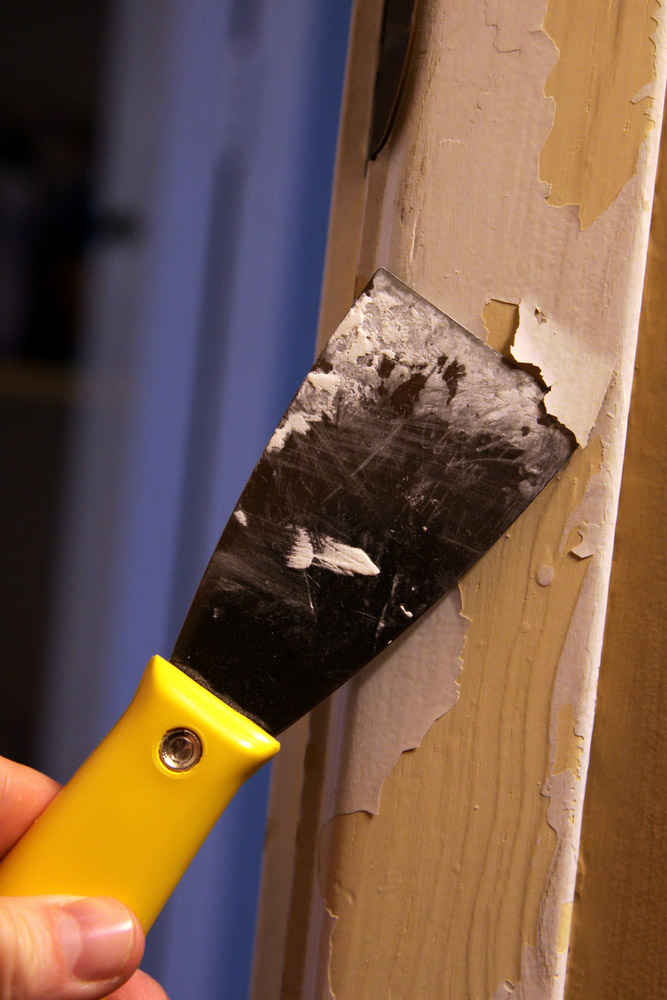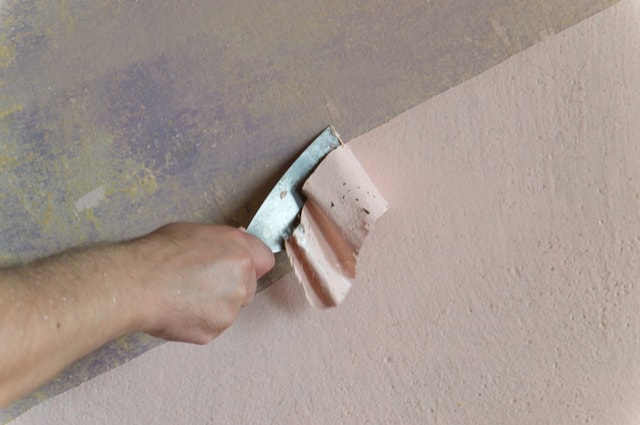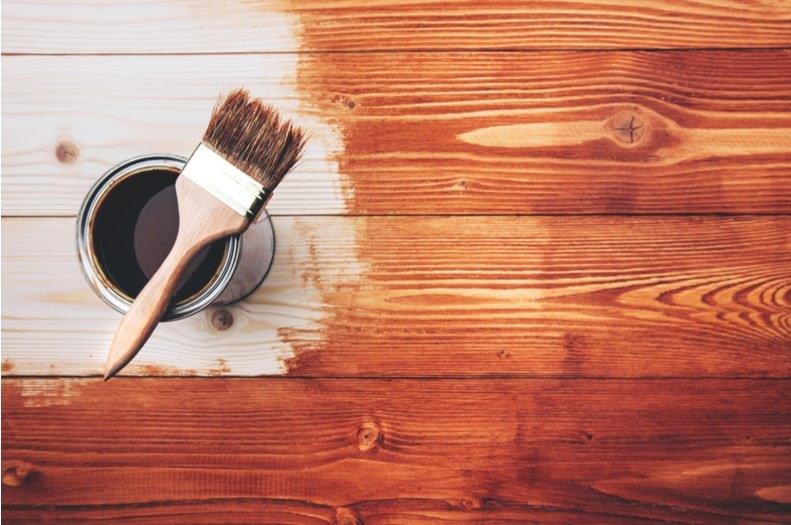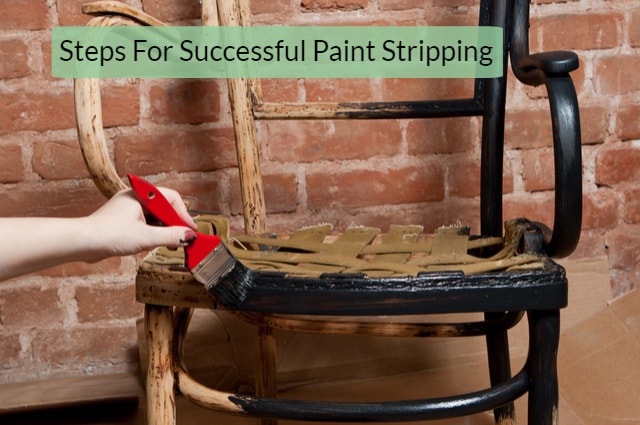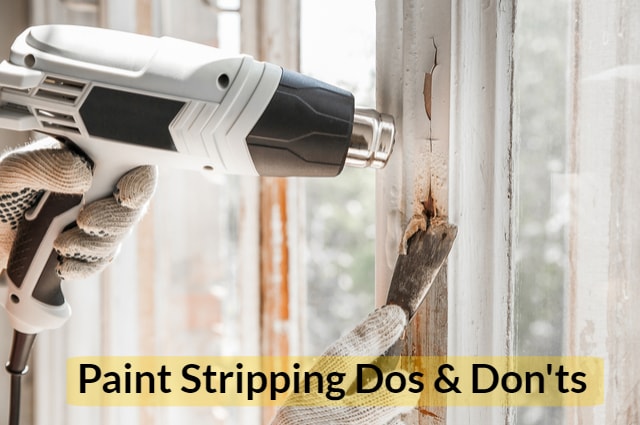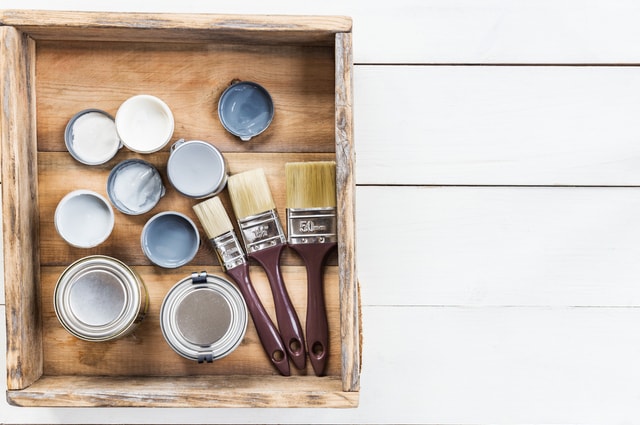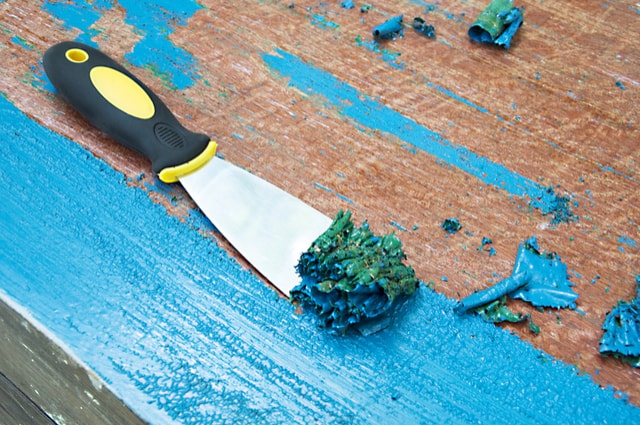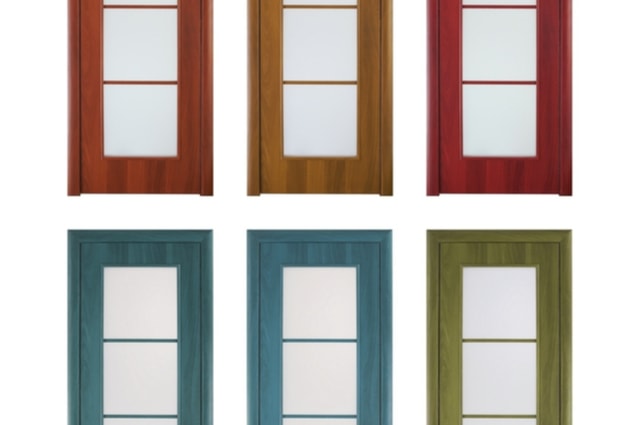Paint strippers are made with chemicals that help to loosen paint to allow easy removal from surfaces. Most of the chemicals used in these removers are harmful when not used properly and could irritate the skin, cause drowsiness, lead to loss of coordination, cause reproductive problems, damage the liver or brain, or cause headaches. That’s why doing the work comes with a high risk as you are exposed to dangerous chemicals.
Hazards related to paint stripping
Respiratory system damage
- Solvents are able to irritate sensitive membranes in your nose and throat, and the effect of such irritation could come in varying degrees. Stripping solvents that are concentrated are supposed to be handled by professionals who understand how to use them and follow the right protection measures. Some chemicals used in stripping solvents can damage lung tissue.
Skin diseases
- Another problem you might experience while using stripping solvents is skin diseases. The chemicals basically dissolve the natural protection of the skin and expose it to many diseases. The skin should not come in direct contact with the solvents because this can damage the protective oil layers that shield you from contacting skin diseases. Professionals understand all the risks associated with paint stripping and will carry protective gear and be careful through the entire process.
Fire hazards
- Fire is another problem you will have to watch out when using paint stripping solvents. Many of the solvents can be classified under extremely flammable liquids and will catch fire easily when exposed to heat. Even a spark could cause fire during the cold weather, so while using the solvents, you need to use professional procedures that ensure you don’t expose yourself to the danger of fire. There are solvents that are less flammable that you can use, but many people cannot distinguish between the different categories.
Damage to the nervous system
- Long exposure to solvents could lead to intoxication or narcosis, and this could result from the depression of your central nervous system. Chronic exposure to the solvents might cause permanent brain damage, which could lead to loss of memory, seizures, lower intellectual abilities, and behavioural changes.
If you have to use these paint removal solvents, make sure to seek the assistance of a professional who understands the risks. It would make more sense to hire the professional to take care of everything as this assures you nothing will go wrong and you are protected against exposure to harmful chemicals. To find out how Premium Door Stripping can help you with your paint stripping project, please call 07481 171 243 or email premiumdoorstripping@gmail.com for a quick response.




